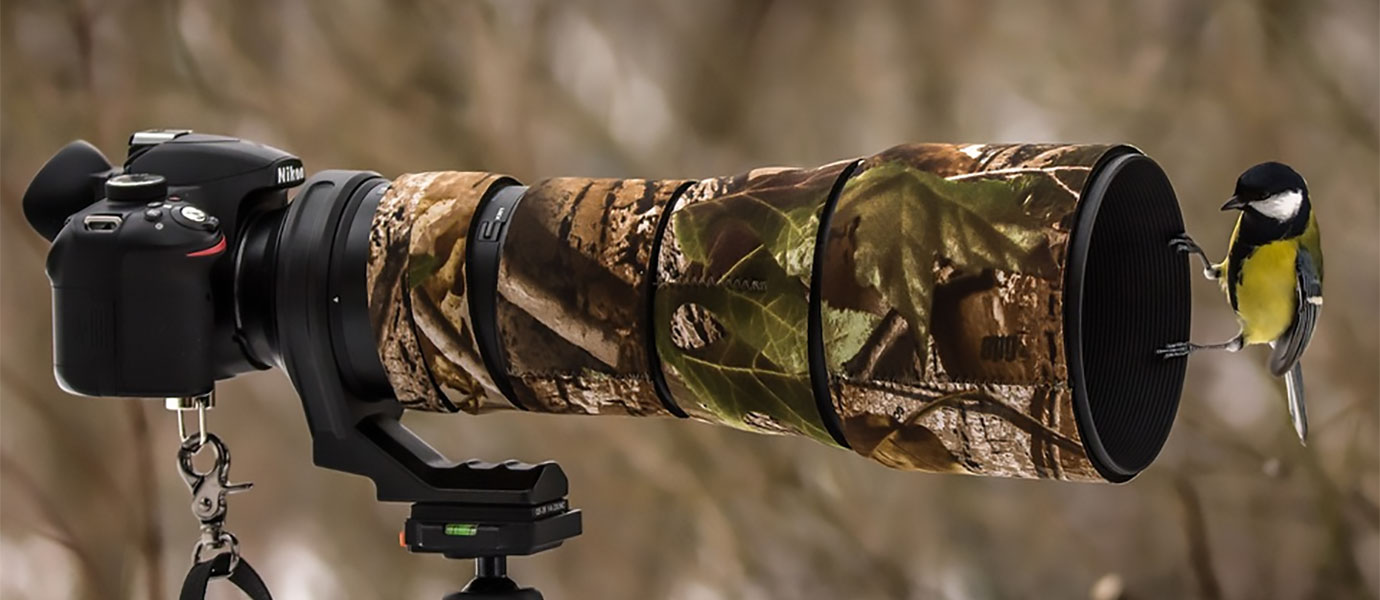ABOUT
John James Audubon Center at Mill Grove
Visit the John James Audubon Center at Mill Grove, located at the first place Audubon lived in the United States. The center showcases many of Audubon’s works, including a double-elephant folio version of Birds of America. Groups will enjoy a variety of activities on the 175-acre space such as hiking the trails, exploring the backyard creek, birding, scavenger hunts, and more.
contact info
Hrs: Tues.-Sat. 10AM-4PM, Sun. 1PM-4PM.
HELPFUL LESSON PLAN(S)
Prepared by FieldTripDirectory.com
Bird Watching Lesson Plan
Birds migrate to move from areas of low or decreasing resources to areas of high or increasing resources. The two primary resources being sought are food and nesting locations.
Birds that nest in the Northern Hemisphere tend to migrate northward in the spring to take advantage of burgeoning insect populations, budding plants and an abundance of nesting locations. As winter approaches and the availability of insects and other food drops, the birds move south again. Escaping the cold is a motivating factor but many species, including hummingbirds, can withstand freezing temperatures as long as an adequate supply of food is available.
View Lesson Plan>>ABOUT
John James Audubon Center at Mill Grove
Visit the John James Audubon Center at Mill Grove, located at the first place Audubon lived in the United States. The center showcases many of Audubon’s works, including a double-elephant folio version of Birds of America. Groups will enjoy a variety of activities on the 175-acre space such as hiking the trails, exploring the backyard creek, birding, scavenger hunts, and more.
contact info
Hrs: Tues.-Sat. 10AM-4PM, Sun. 1PM-4PM.
HELPFUL LESSON PLAN(S)
Prepared by FieldTripDirectory.com
Bird Watching Lesson Plan
Birds migrate to move from areas of low or decreasing resources to areas of high or increasing resources. The two primary resources being sought are food and nesting locations.
Birds that nest in the Northern Hemisphere tend to migrate northward in the spring to take advantage of burgeoning insect populations, budding plants and an abundance of nesting locations. As winter approaches and the availability of insects and other food drops, the birds move south again. Escaping the cold is a motivating factor but many species, including hummingbirds, can withstand freezing temperatures as long as an adequate supply of food is available.
View Lesson Plan>>ABOUT
John James Audubon Center at Mill Grove
Visit the John James Audubon Center at Mill Grove, located at the first place Audubon lived in the United States. The center showcases many of Audubon’s works, including a double-elephant folio version of Birds of America. Groups will enjoy a variety of activities on the 175-acre space such as hiking the trails, exploring the backyard creek, birding, scavenger hunts, and more.
contact info
Hrs: Tues.-Sat. 10AM-4PM, Sun. 1PM-4PM.
HELPFUL LESSON PLAN(S)
Prepared by FieldTripDirectory.com
Bird Watching Lesson Plan
Birds migrate to move from areas of low or decreasing resources to areas of high or increasing resources. The two primary resources being sought are food and nesting locations.
Birds that nest in the Northern Hemisphere tend to migrate northward in the spring to take advantage of burgeoning insect populations, budding plants and an abundance of nesting locations. As winter approaches and the availability of insects and other food drops, the birds move south again. Escaping the cold is a motivating factor but many species, including hummingbirds, can withstand freezing temperatures as long as an adequate supply of food is available.
View Lesson Plan>>ABOUT
John James Audubon Center at Mill Grove
Visit the John James Audubon Center at Mill Grove, located at the first place Audubon lived in the United States. The center showcases many of Audubon’s works, including a double-elephant folio version of Birds of America. Groups will enjoy a variety of activities on the 175-acre space such as hiking the trails, exploring the backyard creek, birding, scavenger hunts, and more.
contact info
Hrs: Tues.-Sat. 10AM-4PM, Sun. 1PM-4PM.
HELPFUL LESSON PLAN(S)
Prepared by FieldTripDirectory.com
Bird Watching Lesson Plan
Birds migrate to move from areas of low or decreasing resources to areas of high or increasing resources. The two primary resources being sought are food and nesting locations.
Birds that nest in the Northern Hemisphere tend to migrate northward in the spring to take advantage of burgeoning insect populations, budding plants and an abundance of nesting locations. As winter approaches and the availability of insects and other food drops, the birds move south again. Escaping the cold is a motivating factor but many species, including hummingbirds, can withstand freezing temperatures as long as an adequate supply of food is available.
View Lesson Plan>>
